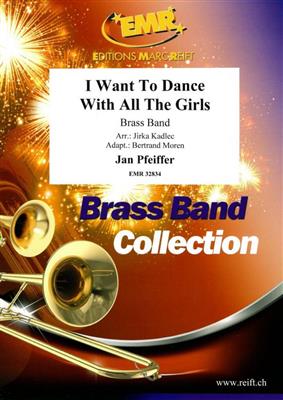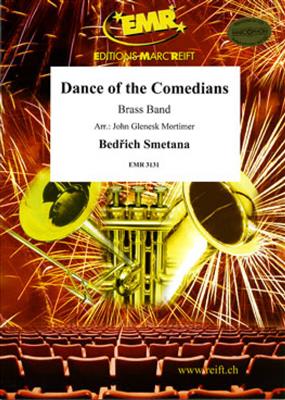We've found 443 matches for your search. Order by
Results
-
 £74.60
£74.60Dance of The Tumblers - Pyotr Ilyich Tchaikovsky - Karel Chudy
Estimated dispatch 5-14 working days
-
 £92.00
£92.00Dance Of The Tumblers - Nikolaï Rimsky-Korsakov - Bertrand Moren
Estimated dispatch 5-14 working days
-
 £78.20
£78.20Dance Of The Blessed Spirits - Christoph Willibald Gluck - Karel Chudy
Estimated dispatch 5-14 working days
-
£63.00
Dance of the Rose Maidens - Khatchaturian - Wilkinson
Estimated dispatch 5-14 working days
-
 £52.00
£52.00Dance With Me Up To The Sky - Jan Pfeiffer - Jirka Kadlec
Estimated dispatch 5-14 working days
-
 £52.00
£52.00I Want To Dance With All The Girls - Jan Pfeiffer - Jirka Kadlec
Estimated dispatch 5-14 working days
-
£32.95
Dance of the Three Old Maids - Roger Barsotti
Estimated dispatch 5-14 working days
-
 £97.60
£97.60Lord Of The Dance - Ronan Hardiman - Frank Bernaerts
Estimated dispatch 5-14 working days
-
 £116.10
£116.10Dance of the Comedians - Bedrich Smetana
Estimated dispatch 5-14 working days
-
 £92.00
£92.00Dance Of The Bedouins - Norman Tailor
Estimated dispatch 5-14 working days
